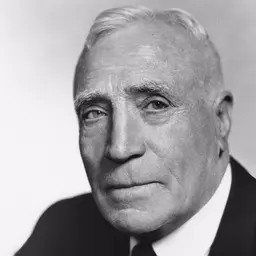Aviation News Journal - Vol.33 No.8
The Canadian International Airshow, USS Ford: First of its Class, High Skill, High Altitude: The Gendarmerie Mountain Flying Training Centre, Bastille Parade Over Paris, Spanish Forces’ Parade in Madrid, Host Nation Support: More than Just a Phrase, Remembering the Pioneers: Dr. Robert Goddard

